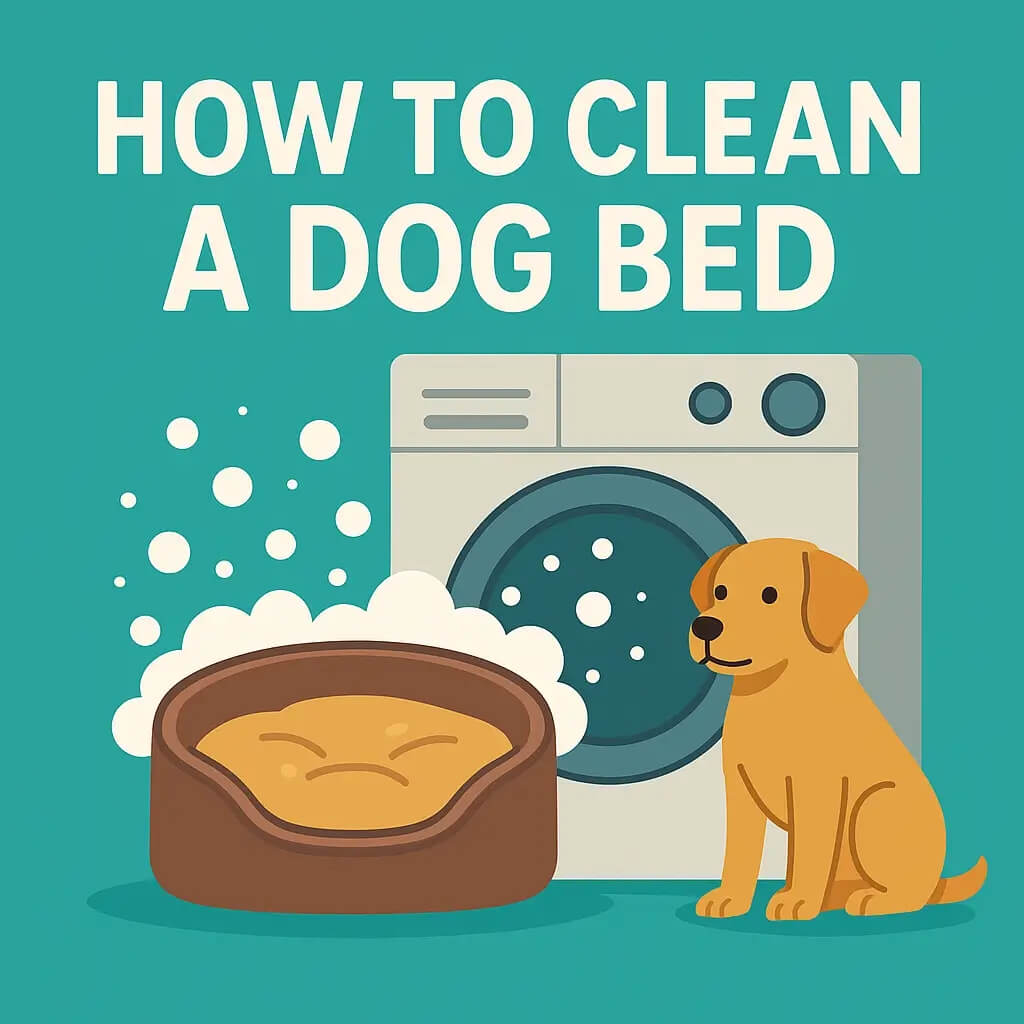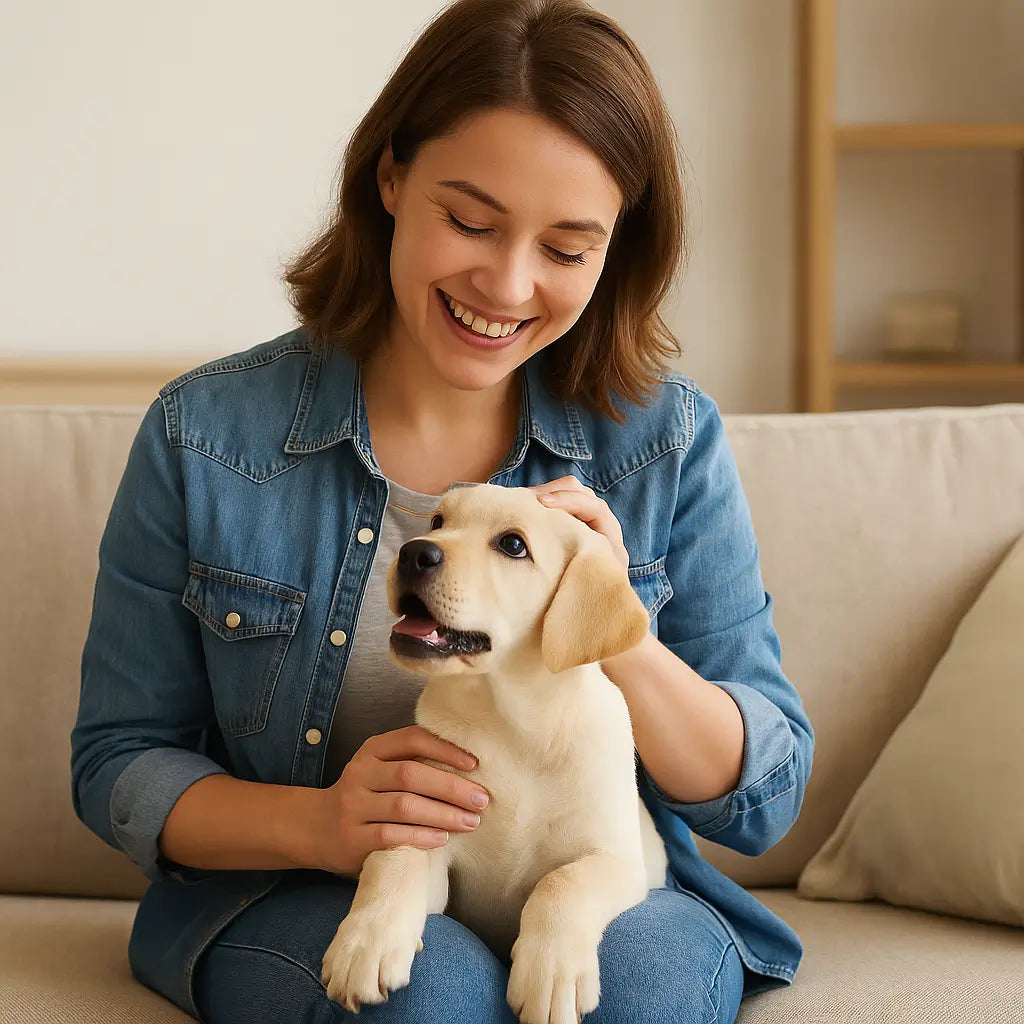The process of bringing a new dog into your household brings great joy to everyone involved. First-time dog owners typically experience both happiness and nervousness when they welcome their new pet. Don’t worry! This guide will help you navigate the journey of dog ownership, ensuring you and your new furry friend have a happy, healthy life together.
Preparing for Your New Dog
Choose the Right Dog for Your Lifestyle
You should evaluate your lifestyle before choosing a dog breed that matches your needs. Active dogs such as short-haired Beagles need minimal grooming because they are playful and energetic. The size and energy level and grooming requirements of a dog should match your daily routine because Border Collies require extensive exercise.
Puppy-Proof Your Home
Creating a safe environment is crucial. Puppy-proofing involves securing electrical cords, removing toxic plants, and keeping harmful substances out of reach. Use baby gates to limit your dog’s access to certain areas and ensure their dog home is a safe space.
Gather Essential Supplies
Before your dog arrives, gather necessary supplies:
-
Food and water bowls
-
Crate
These items help your new pet feel comfortable and secure in their new environment.
Health and Diet
Provide a Well-Balanced Diet
Feeding your dog a well-balanced diet is essential for their health. Consult with your veterinarian to choose the right dog food based on your dog’s breed, age, and health needs. Ensure you understand your dog’s daily caloric intake to prevent obesity and other health issues.
Regular Vet Visits
Schedule regular check-ups with a dog trainer or veterinarian to monitor your dog’s health. Vaccinations, parasite prevention, and routine exams are vital for maintaining your dog’s well-being. According to the American Veterinary Medical Association, annual vet visits help catch potential health problems early.
Understanding Your Dog’s Personality
Every dog has a unique dog's personality. Some may be more playful, while others are calm and reserved. Understanding your dog’s temperament helps in providing the best care and training suited to their needs.
Training Your Dog
Start with Basic Commands
Begin training early with simple commands like "sit," "stay," and "come." Positive reinforcement training—rewarding good behavior with treats or praise—encourages your dog to repeat desirable actions.
House Training and Potty Training
House training is a critical step for new dog owners. House rules and off-limits areas should be clearly communicated to prevent accidents.Establish a consistent routine by taking your dog outside regularly, especially after meals and naps.
Crate Training and Safe Space
Introduce your dog to a crate as a safe space. Crate training helps with house training and provides your dog with a comfortable retreat. Make the crate a positive area with cozy bedding and favorite toys.
related: When Should I Start Training My Puppy?
Creating a Daily Routine
Consistent Schedule
Dogs thrive on routine. Establish a daily routine that includes feeding, walking, playtime, and training. Consistency helps your dog feel secure and understand what is expected of them.
Exercise and Mental Stimulation
Regular exercise is crucial, especially for active dogs. Activities like walks, dog sports, and interactive games keep your dog physically and mentally stimulated. Mental stimulation can include puzzle toys or training new tricks to keep their minds sharp.
Quality Time and Socialization
Spend quality time with your dog through play and cuddling. Socialize your dog by introducing them to other dogs and other animals, as well as different environments. This helps prevent fear and aggression, ensuring your dog is well-adjusted.
Maintaining Your Dog’s Well-Being
Grooming and Hygiene
Regular grooming keeps your dog’s coat healthy. Long-haired dogs may require more frequent grooming compared to short-haired dogs. Brush your dog’s fur, trim their nails, and clean their ears regularly to maintain good hygiene.
Safe Environment
Ensure your home is dog safe by keeping harmful items out of reach. Secure trash cans, store chemicals safely, and remove choking hazards. Providing a dog-proof home prevents accidents and keeps your pet healthy.
Emergency Preparedness
Prepare for emergencies by having an emergency contact list, including your veterinarian and a nearby pet sitter. Keep a pet first aid kit and familiarize yourself with basic first aid for dogs. This readiness ensures you can handle unexpected situations calmly and effectively.
Common Challenges and Solutions
Dealing with Bad Behavior
Address bad behavior early by identifying the cause. Positive reinforcement and consistent training help curb unwanted actions. For persistent issues, consider consulting a professional dog trainer.
Separation Anxiety
Some dogs experience separation anxiety when left alone. Gradually acclimate your dog to being alone by starting with short periods and slowly increasing the time. Provide engaging toys and a comfortable space to ease their anxiety.
Managing Multiple Pets
If you have other pets, introduce them to your new dog gradually. Monitor their interactions to ensure harmony. Creating separate spaces and respecting each pet’s territory can prevent conflicts and foster a peaceful household.
Tips for First-Time Dog Owners
-
Do Your Research: Understand the needs of your dog’s breed and health requirements.
-
Be Patient: Training and adjusting to a new routine takes time.
-
Stay Consistent: Consistency in commands and routines helps your dog learn faster.
-
Provide Plenty of Love: Building a strong bond through love and affection is key to a happy dog.
-
Seek Professional Help if Needed: Don’t hesitate to consult a dog trainer or veterinarian for guidance.
Conclusion
Becoming a first-time dog owner is a rewarding journey filled with love, learning, and companionship. By preparing your home, understanding your dog’s needs, and committing to their care, you ensure a happy and healthy life for both you and your new pet. Embrace the challenges and joys of dog ownership, and enjoy the special bond that only a dog can provide.
For more information on dog care, visit trusted sources like the American Kennel Club and the ASPCA. Remember, being a responsible and informed pet parent makes all the difference in your dog’s life.
By following the tips and guidelines in this guide, new dog owners can confidently navigate the responsibilities and joys of dog ownership. Whether you’re preparing for a new pup or welcoming an adult dog into your home, these insights will help you create a loving and supportive environment for your furry friend.












